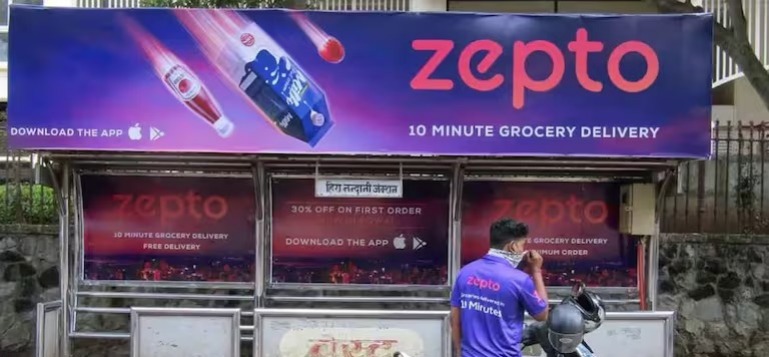Zepto, India’s rapidly growing quick commerce startup, is facing a significant cash burn, as it spends an estimated Rs 250 crore per month to expand its operations and build its market presence. This rising cash burn rate is primarily attributed to the company’s aggressive investments in capital expenditures (capex) and its drive to scale up its infrastructure, including warehouses, logistics, and technology. Despite these heavy financial outflows, Zepto has successfully closed a massive Rs 2,500 crore funding round, signaling strong investor confidence in its long-term potential. This round not only provides much-needed capital to sustain its rapid growth but also highlights the escalating competition and stakes in the burgeoning quick commerce market, where players like Zepto and Swiggy’s Instamart are vying for dominance in India’s e-commerce ecosystem. Zepto, which operates in the fast-growing quick commerce space, aims to deliver groceries and essentials to customers within 10 minutes of placing an order. This ambitious goal, while innovative, comes with a high price tag. The company’s rising cash burn rate—an estimated Rs 250 crore per month—reflects the heavy investment required to establish and maintain the infrastructure necessary to meet this 10-minute delivery promise. The cost structure is exacerbated by the need to set up dark stores (micro-warehouses located close to customers to enable faster deliveries), maintain a fleet of delivery vehicles, invest in AI-powered logistics and inventory management systems, and hire personnel for a large-scale operation. While the business model holds tremendous promise, it is also highly capital-intensive. To build a nationwide presence, Zepto has been expanding rapidly, establishing dark stores in various cities across India. Each dark store requires significant upfront investment in real estate, technology, and inventory. The company has also been scaling its technology stack to support real-time inventory management, dynamic pricing, and personalized shopping experiences, which further drives up costs. Zepto’s ability to maintain its hyper-fast delivery timelines relies on a sophisticated logistics network, including partnerships with delivery personnel, which adds another layer of operational expenditure. This rising cash burn, however, is not unique to Zepto. Many tech startups, especially those in the e-commerce and quick commerce space, have historically had to endure large cash outflows in the initial phases of growth. The strategy, in essence, is to spend aggressively to capture market share, build brand loyalty, and scale quickly before profitability becomes the primary focus. While the short-term losses are concerning, the long-term prospects of becoming a market leader justify these heavy expenditures. However, it remains to be seen whether Zepto can sustain such high cash burn in the face of growing competition and whether it can eventually achieve profitability. Quick commerce, or q-commerce, is a rapidly emerging trend in the e-commerce sector where companies aim to deliver everyday essentials such as groceries, snacks, beverages, and personal care products in less than 30 minutes—often as quickly as 10 minutes. This model has gained significant traction in India, particularly in metropolitan areas, as consumers demand faster and more convenient ways to access products. Zepto’s focus on delivering groceries in under 10 minutes is a major differentiator, but it also comes with higher operational costs. To maintain such tight delivery windows, Zepto must invest in building hyper-local networks of micro-warehouses and enhance its delivery infrastructure to ensure that products are readily available and can be dispatched swiftly.
The post Zepto’s cash burn zooms to Rs 250 crore a month on rising capex, closes Rs 2,500 crore funding round first appeared on InfluencersPro.

